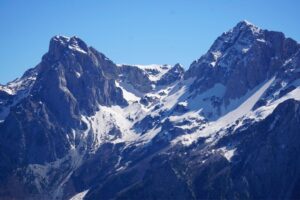
How to hike from Valbona to Theth
Albania | Our guide to hiking from Valbona to Theth; two beautiful traditional villages lying deep in the Albanian Alps
Salento, a small town in the region of Quindio, Colombia, is an attractive destination for thousands of tourists every year with its colourful streets and beautiful countryside. Whether avid hikers or occasional day-walkers, many people make the short journey out of town to explore the superb Valle de Cocora. There’s no doubt that the trail is amidst a beautiful location beset with incredible scenery.
If you’ve read my previous post, you’ll know that it takes you through some stunning environments ranging from lush valley meadows to dense, exotic jungle. Under the morning sunlight it presented some of the best views I’ve ever seen and some wonderful photo opportunities.
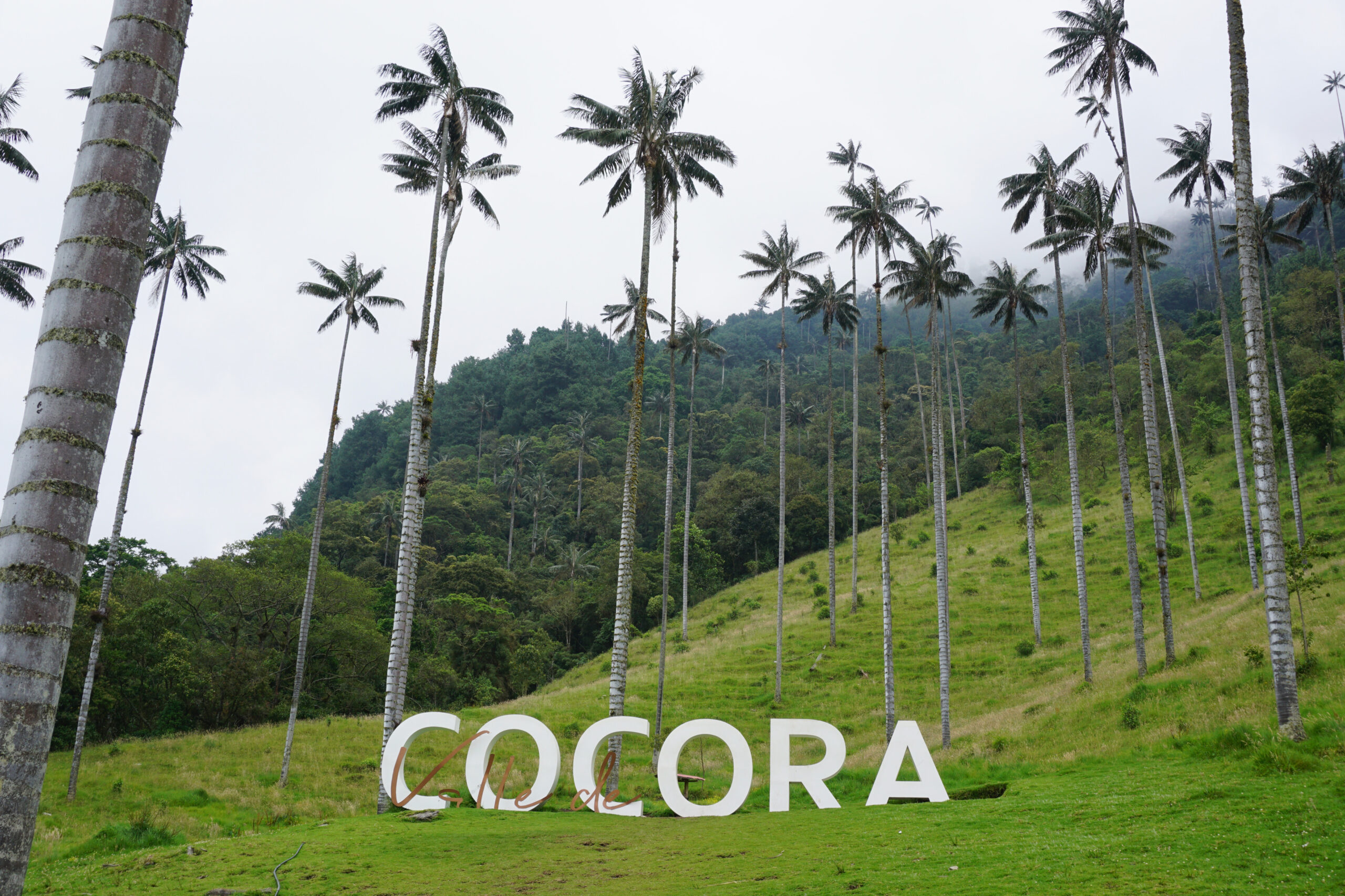
The ceroxylon quindiuense, a species of palm declared as Colombia’s national tree in 1985 and given protected status, is the main attraction for these visitors. Lining the hills on either side of the valley standing tall and proud, they offer an idyllic setting for some great photography.
A quick search on Instagram yields many a traveller posing in front of these iconic tree’s, arms outstretched or gazing wistfully into the valley (myself included). All well and good, providing us all with some special memories that we will cherish for the rest of our lives. So why did I come away with mixed feelings and a sense of unease?
It was something bigger, reflective of a macro issue we face in todays society, that was prevalent. Only two weeks earlier, I was in another of Colombia’s stunning jungle regions hiking up to Los Pinos from the small village of Minca. Lieke, one of my companions, had done the Valle de Cocora hike only a week or so earlier and, upon hearing that I was eager to complete it myself, began to tell me about her experience.
She reminisced on how her guide had educated the group on the history of the valley and how the landscape only existed as a result of deforestation for agricultural use. Whereas the majority of vegetation had been cleared, the wax palms remained due to their protection as the country’s national tree. She said that the survivors, a source of attraction for many tourists to the area, would not last forever and, due to the fact that palm trees grow in thick, jungle habitat, no young saplings would be able to replace their peers on the surrounding hillsides.
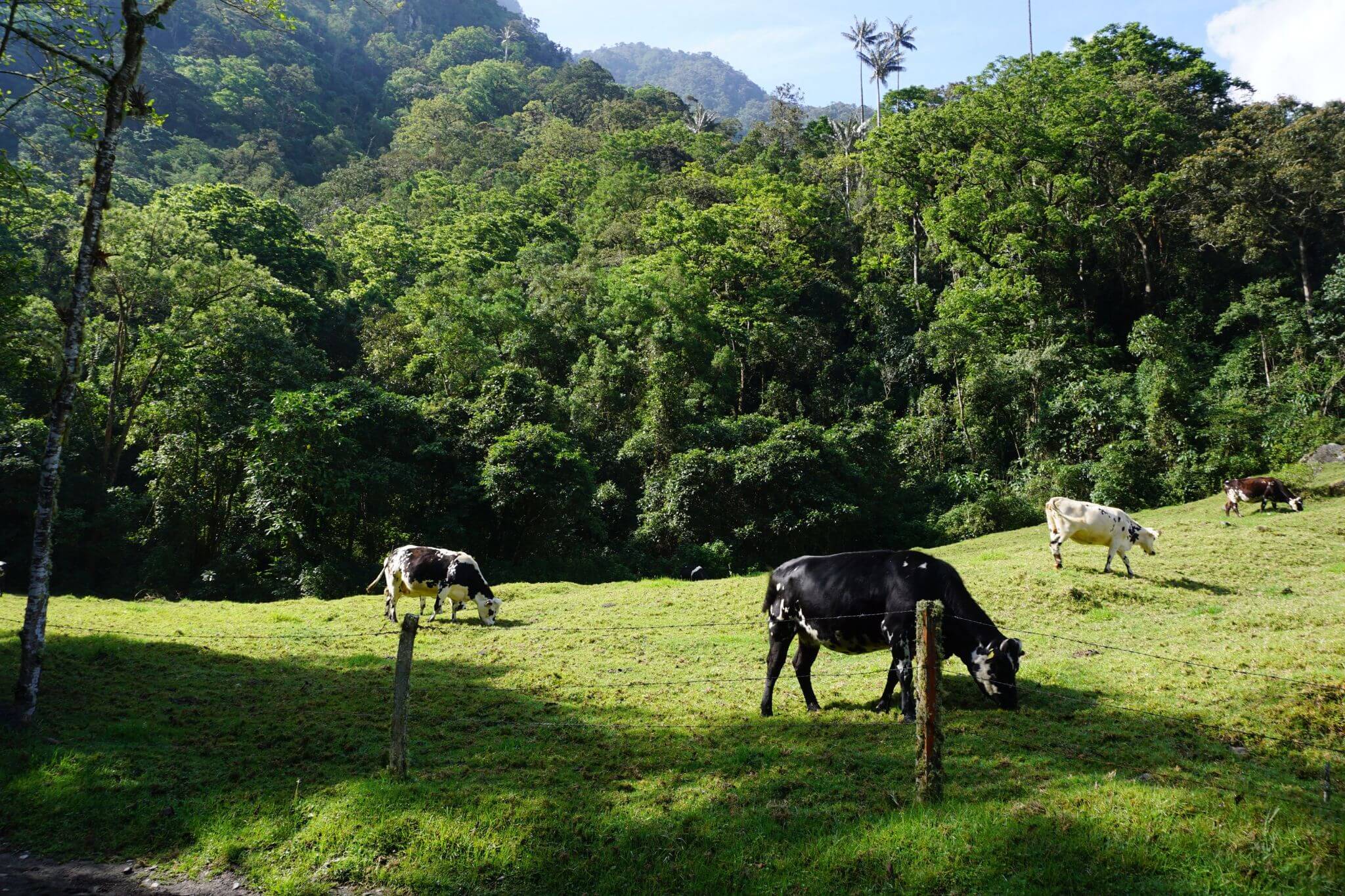
That story resonated with me at the time and so indeed resonated again, as I stood amongst the magnificent palm tree’s overlooking the green valley below. I couldn’t help but feel that we were inadvertently celebrating and admiring an act of human destruction; these trees should have been surrounded by wildlife and plants rather than standing still and desolate, with only the sound of clicking camera’s and the wind rustling through their leaves. Many people are unaware of the dark underbelly of this area of outstanding “natural” beauty; I was too and would have remained so had Lieke not shared her experience.
Prior to leaving the United Kingdom, I’d carried out some extensive research and Valle de Cocora arose on many an occasion as a must-do hike on any backpackers Colombia travel itinerary. Bloggers sang its praises, highlighting its beauty and relative ease of navigation. Perhaps many were unaware of the extent to which deforestation had taken place to create what is in fact an artificial, unnatural environment.

“They are essentially living corpses” – the words of Colombian scientist Rodrigo Bernal. Upon returning from his beautiful homeland, I wanted to find out more about the extent of deforestation in Valle de Cocora and stumbled across this article on the BBC. The article appeared to confirm what Lieke’s guide had been saying to the group, in that, ‘although the living trees are relatively healthy, when they start to decay naturally there are no young saplings to take their place’.
The number of tree’s in the region have declined by a phenomenal 78% in 30 years, damaging an ecosystem reliant on the palm’s fruits to feed an array of insects, birds and mammals. They’re protected though aren’t they? Not as much as we’d think. The piece goes on to describe that whilst the 1985 act prevents their leaves from being cut off for religious ceremonies such as Palm Sunday, there are “few repercussions for those who completely fell the trees”.

It’s a great shame that these hillsides, however beautiful they may be, are the result of human destruction. It’s also tragic that one day, the tree’s currently standing tall and proud like sentinels on either side of the valley will no longer be there, falling victim to the ravages of time as their lifespans expire, leaving the hillsides empty. Am I saying that tourists shouldn’t visit? Not at all, I’m no expert and maybe the damage is done with it being too late to save these trees.
What I would say though is to be aware of what has happened to this beautiful area and take into consideration the wider impact deforestation is having on our planet. I know that having witnessed this, I’ll be looking to make more charitable contributions to environmental charities in future. We can only hope that the Colombian government take note of the work carried out by scientists and protect Tochecito, an area thought to hold 70% of the nation’s remaining wax palms, before it replicates the Cocora valley.
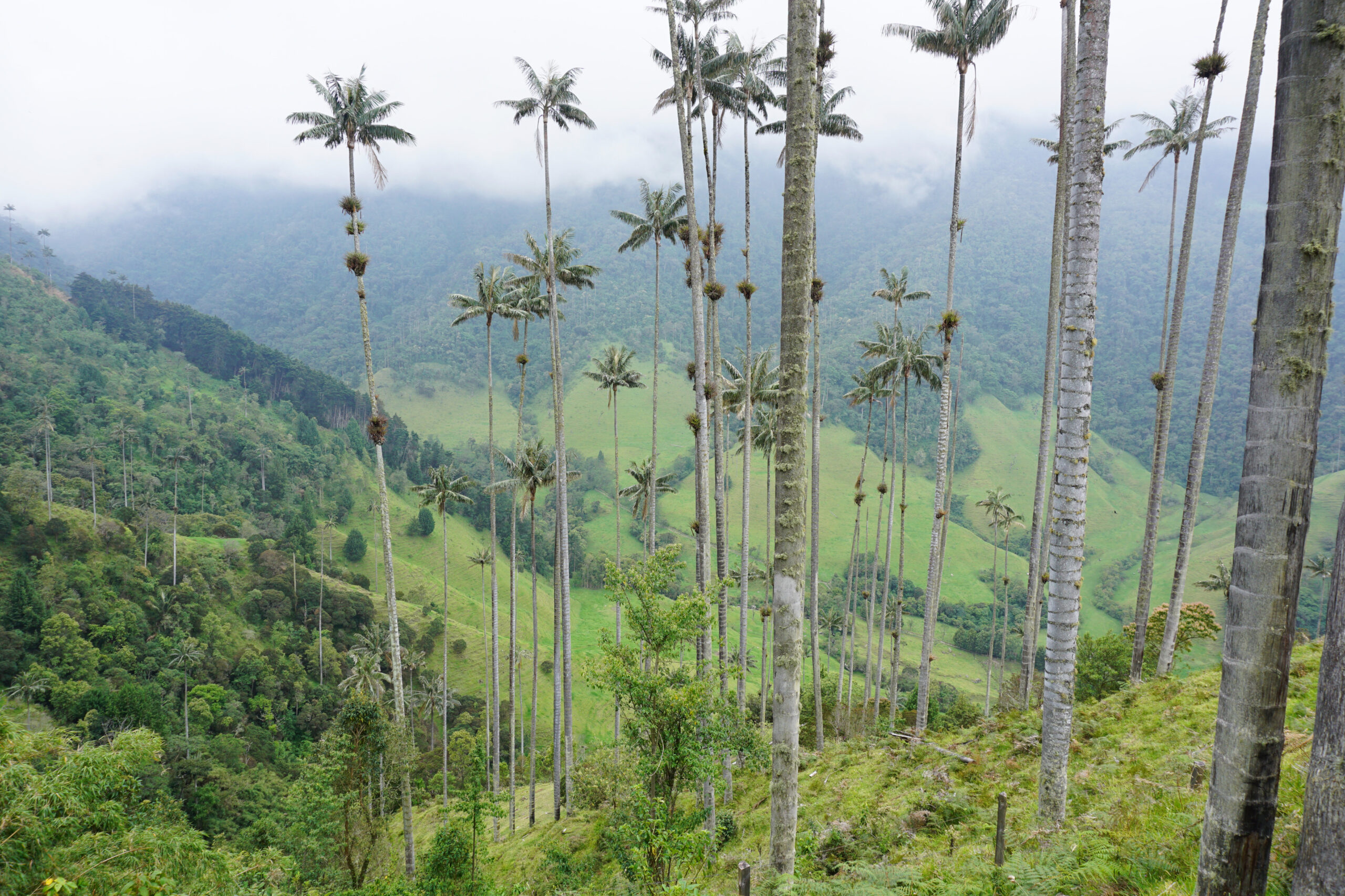
It’s a tragedy that we’re witnessing the death of these hillsides, but not actually seeing it with our own eyes. Many people are unaware of what is happening before them and that future generations will not be able to enjoy this area in the way that we are now.
Mr Bernal outlines this and the wider threat to the remaining national population, saying that, “The trees live for up to 200 years and because of their long lifespan, their decay will only be seen by younger generations. This is why so many Colombians do not realise our national tree is dying out.”
Share this article with friends on social media…

Albania | Our guide to hiking from Valbona to Theth; two beautiful traditional villages lying deep in the Albanian Alps
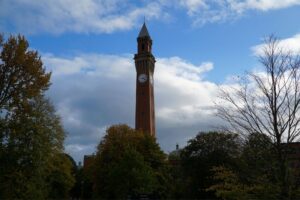
United Kingdom | The complete guide to the Birmingham Tolkien Trail; the original Lord of the Rings tour. Discover what inspired J.R.R Tolkien’s fantasy epic!

Depth of Mind is a travel blog providing honest, trustworthy advice to help aspiring travellers achieve an authentic travel experience.
All rights reserved – photography cannot be used without the express permission of the author.
© Depth of Mind 2019-2023
SIGN UP FOR THE NEWSLETTER
